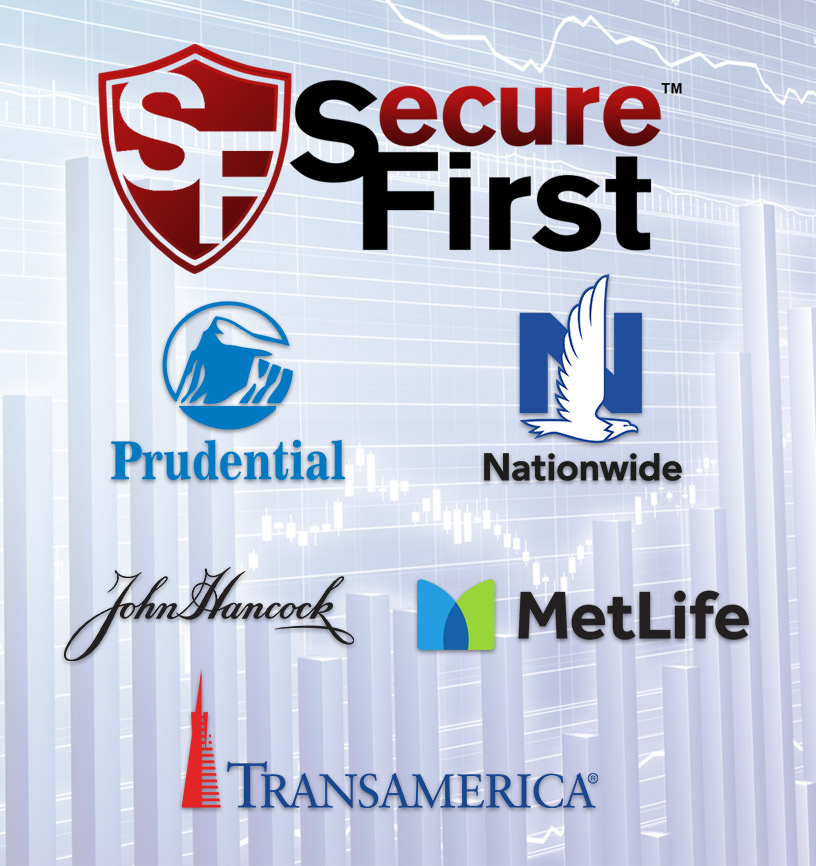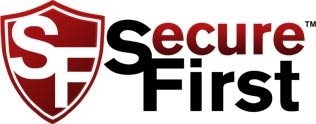401K and You!

Secure First works closely on your 401k plan to minimize your risk exposure. We also provide options to lower your plan cost and improve your plan benefit. If your 401k plan has not been independently reviewed for more than year or you do not have a document showing your effort, then it is best that to your priorities are in the safe side.
All 401k plans are not created equal. Due to the different components involved in a 401k plan, identifying individual cost and knowing the total cost for plan takes experience. We have seen enough plans that we can give you a detailed report on your total cost.
What is a 401k?
Named after a section of the Internal Revenue Code, 401(k)s are employer-sponsored defined-contribution plans (DC) that give workers a tax-advantaged way to save for retirement.
If your employer offers a 401(k), you can opt to contribute a percentage of your income to the plan. The contributions are automatically taken out of your paycheck, and you can deduct them on your taxes.
The average 401(k) plan offers numerous investment options, and many include additional features such as automatic enrollment and low-cost index fund options.
401(k) Withdrawals
Withdrawals from your 401(k) are taxed at your prevailing income-tax rate when you take money out. There are restrictions on how and when you can withdraw money from the account.
If you withdraw funds from a 401(k) before you reach age 59½, you’ll be hit with a 10% early-withdrawal penalty fee as well as any applicable taxes. At age 72, you must begin taking required minimum distributions (RMDs) from the plan. Previously, the RMD was 70½, but following the passage of the Setting Every Community Up For Retirement Enhancement (SECURE) Act in December 2019, the RMD age is now 72.2
If you’re still working at age 72, you don’t have to take RMDs from the plan at your current workplace (see below for details). You will, however, need to start making withdrawals from 401(k)s at any former employers if you have any.


